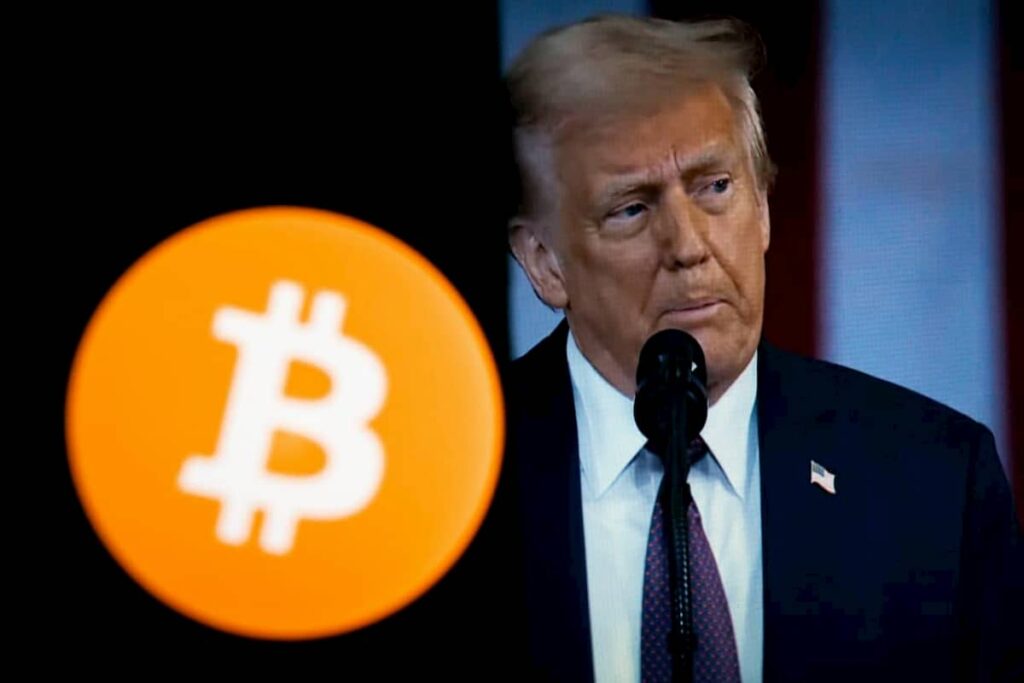In a rapidly evolving financial landscape, cryptocurrencies often mirror global economic shifts. With each market oscillation, opportunities and challenges emerge for both seasoned investors and newcomers. Recent developments highlight the impact of geopolitical strategies on digital assets, showcasing the intricate interplay between traditional fiscal policies and cryptocurrency valuations.
The Impact of Trade Policies on the Cryptocurrency Market
Recent international trade announcements have caused significant volatility in the cryptocurrency market, emphasizing the interconnected nature of global economics and digital currencies. On a particular day, termed ‘Liberation Day,’ new tariffs led to a dramatic $140 billion reduction in the cryptocurrency market cap, reflecting the swift reactions these digital assets can provoke.
Immediate Market Reactions from Cryptocurrency Holders
Upon the announcement of new trade duties, short-term holders of Bitcoin (BTC) initiated a sizeable sell-off, unwinding approximately 18,930 Bitcoins. This rapid liquidation became evident through the analysis of the Spent Output Age Bands (SOAB) chart, skillfully dissected by crypto analyst Ali Martinez. The chart reveals a strategic exodus among holders, especially those who had retained Bitcoin for varying durations.
Bitcoin Sell-Off Dynamics
The myriad of colors on the SOAB chart signifies liquidation according to holding periods. Notably, Bitcoin owners with holdings of one to three months liquidated 3,113 BTC. Meanwhile, those with a duration of three to six months contributed to the sell-off by relinquishing 2,737 BTC.
The primary contributors were, however, traders whose holdings spanned six months to a year, selling 3,983 BTC, and those within the one to one-and-a-half-year range, who parted with 9,097 BTC. This strategic movement suggests a focused approach by investors to mitigate potential losses in the face of unpredictable market conditions.
Market Sentiment: Bearish Signals Evident
In the hours following these transactions, the long/short ratio for Bitcoin experienced a noticeable shift. Initially balanced, the proportion of long to short positions swayed significantly, with short positions rising to 55.32% and long positions falling to 44.68%. Such figures indicate an increasing skepticism among traders surrounding Bitcoin’s short-term prospects.
Analyzing Bitcoin’s Recent Performance
As of the latest updates, Bitcoin was trading at $81,910, marking a decline of 3.43% on the day’s chart and a 1.06% dip from previous valuations. This downturn aligns with sentiments expressed by high-profile investors like Robert Kiyosaki, who advocate for a defensive pivot towards traditional commodities such as silver.
Investment Strategies in Volatile Markets
In light of these market dynamics, investors are advised to exercise caution. The current environment lacks clear upward catalysts, suggesting a prudent wait-and-see approach to trade and investment strategies.
How do geopolitical events influence cryptocurrency markets?
Geopolitical developments, such as trade tariffs, can trigger significant market reactions in cryptocurrencies. These events can alter investor sentiment and impact trading patterns, closely tying global economic policies to digital asset performance.
Is Bitcoin expected to recover from this downturn?
Bitcoin’s recovery will largely depend on market conditions and potential catalysts. While historical patterns show resilience, investors should stay informed on market trends and developments to make well-rounded decisions.
What factors should be considered when investing in cryptocurrencies during volatile times?
Investors should assess market stability, technological advancements, regulatory changes, and global economic indicators. Diversification and a clear risk management strategy are also key to navigating volatile periods effectively.
This comprehensive analysis of recent cryptocurrency market movements highlights the influence of external economic policies on digital currencies. Investors should remain vigilant, understanding that the landscape is shaped by numerous variables, each with the potential to alter market trajectories significantly.

